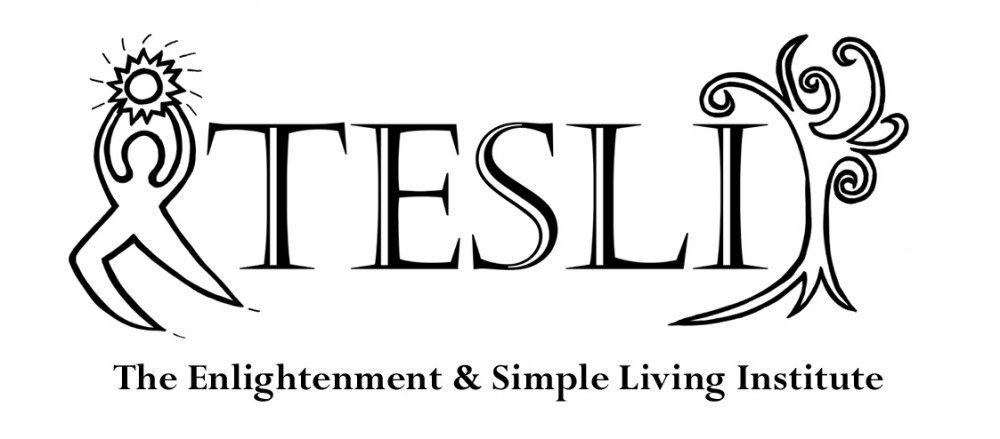
“Whatever we care to call the ultimate reality, we cannot define or qualify it because the brain is incapable of processing this kind of data.”
— Bernadette Roberts
The process of unveiling will eventually bring us in contact with ultimate reality – a reality we cannot define or talk about using words. We can say: we are not stupid and we are not smart, and we are not our body parts and we are not our thoughts, and we are not our emotions, nor our reactions, but we cannot actually say what we are. Bernadette Roberts expresses this nicely in the above quote.
And who is Bernadette Roberts?
Bernadette Roberts is a self-made Buddha. She was a Catholic nun for 10 years following the Christian contemplative path. When she reached what the Catholics consider the closest you can get to God this side of the grave, she left the monastery with the intention of serving God in the world. She went back to school, held regular employment, got married and had four children.
During the 20 years after leaving the nunnery, she reached full enlightenment without any formal teacher or guidance. She describes this process as the path to no-self. You can read the full story in her books. She is refreshing in that she is a no nonsense person and expresses herself without any dogmatic bent.
The experience of no-self is the ultimate unveiling. Identifying with negatives has gone, identifying with positives has gone and all that remains is the experience of being all that is. How do we get to this experience? I paraphrase Bernadette:
Since self cannot experience ultimate reality as it truly is, then the only way to do so is to be prepared to relinquish every last thing we know as self — everything we experience, in fact.
It appears that the key factor is willingness. It is the willingness to give up everything we experience. Another word for this is renunciation. Renunciation is disinterest in worldly things. If we have renunciation, we would certainly be willing to give up everything we experience in the world. We can say the same thing a different way: with renunciation we are only interested in becoming enlightened or knowing God and think about that day and night.
How far do you want to go? People talk about working towards enlightenment, but the true first step is becoming willing to give up everything. Not many people are really interested in that. They think enlightenment is keeping it all and getting more.


